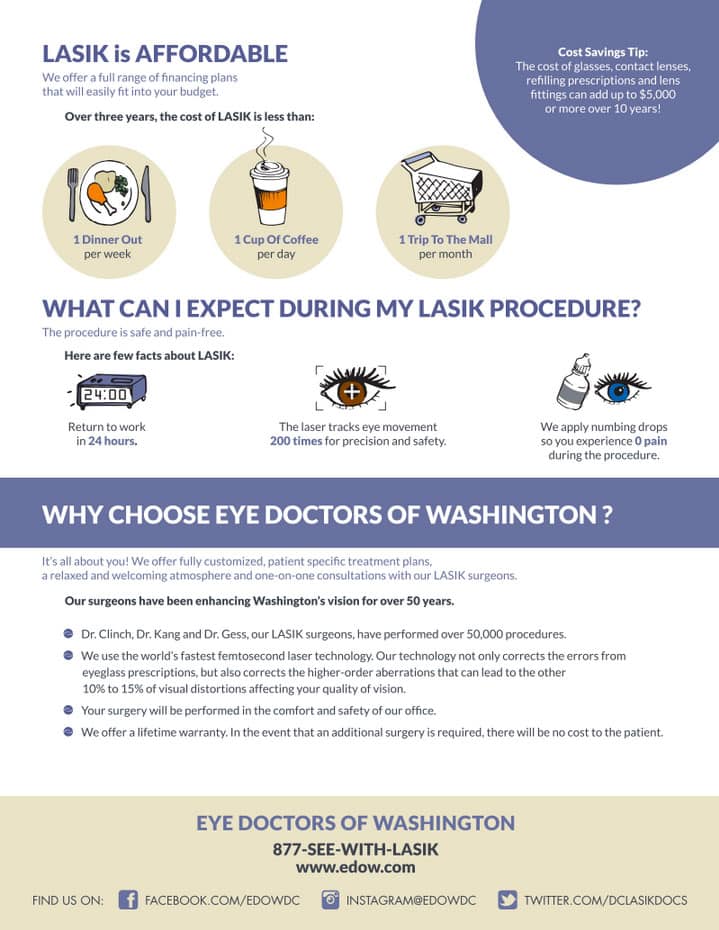Remarkable Modifications In Your Child'S Actions Might Suggest Underlying Vision Problems; Learn What Signs Show The Need For An Eye Exam To Facilitate Their Healthy And Balanced Development
Remarkable Modifications In Your Child'S Actions Might Suggest Underlying Vision Problems; Learn What Signs Show The Need For An Eye Exam To Facilitate Their Healthy And Balanced Development
Blog Article
Composed By-Bossen Xu
As a parent, you play an essential role in your child's health and wellness, particularly when it concerns their vision. You may notice particular behaviors that can signal a demand for an eye examination. Squinting, frequent eye rubbing, or problems of frustrations can be greater than simply small inconveniences. Understanding these signs is necessary for your child's growth. So, what should have a peek at this web-site seek next? Allow's explore the typical signs that could indicate a vision issue.
Common Signs And Symptoms of Vision Troubles in Kid
When you notice your youngster dealing with everyday tasks, maybe an indication of vision issues.
Seek signs and symptoms like scrunching up your eyes, massaging their eyes often, or turning their head to see far better. If they have actually trouble reading or appear to lose their area commonly, that's another indicator.
You might also see them whining about headaches or experiencing eye stress after prolonged periods of analysis or making use of screens.
Additionally, if your youngster avoids tasks that call for excellent vision, like sporting activities or drawing, it deserves taking notice of.
Expect any type of uncommon actions, as these signs can indicate underlying vision issues that require specialist examination.
Early discovery can make a big distinction in their visual development.
Age-Specific Vision Milestones to Screen
Every moms and dad ought to watch on their kid's vision advancement as they grow.
At around 6 months, your infant needs to start tracking moving items. By age 1, they must be able to focus on and acknowledge acquainted faces.
In between 2 and 3 years, seek renovations in hand-eye coordination, like stacking blocks or tossing a round.
By age 4, youngsters need to be able to determine shapes and colors, and they might start to recognize letters.
If your kid deals with these landmarks, it's important to bear in mind. Monitoring their progress aids you catch potential problems early, ensuring they get the vision treatment they require for a bright future.
Remain proactive about their vision health and wellness!
When to Set Up an Eye Exam for Your Youngster
Monitoring your child's vision growth is essential, but recognizing when to arrange an eye test is equally as crucial. The American Academy of Ophthalmology suggests your child have their initial eye examination at 6 months old.
After that, schedule follow-ups at age three and once more prior to they begin institution. If your kid shows signs of vision problems-- like squinting, difficulty analysis, or frustrations-- do not wait for the following set up visit.
Additionally, if there's a family history of eye problems, aggressive tests are crucial. Keep an eye on any changes in their vision or habits, and trust fund your instincts.
Routine examinations can help catch prospective concerns early, guaranteeing your youngster has the very best possibility for healthy vision.
Final thought
To conclude, remaining alert to your kid's aesthetic practices is essential for their eye health. If you discover any type of indications like squinting, eye rubbing, or trouble with reading, don't wait to schedule an eye exam. view it now in mind, early detection can make a significant difference in their visual growth. Depend on your instincts as a moms and dad, and ensure your kid obtains the care they require to thrive. Routine exams can aid keep their eyes healthy and balanced for years ahead.
